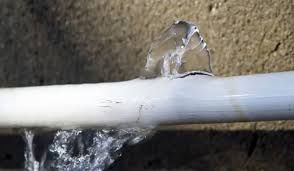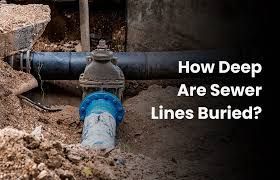How to Flush Your Water Heater to Extend Its Life
Maintaining your water heater is crucial for ensuring its longevity and efficiency. Over time, sediment can build up in the tank, leading to reduced performance and increased energy consumption. Flushing your water heater periodically can help prevent these issues and extend its life. In this guide, we’ll walk you through the process of flushing your water heater, step by step, to keep it running smoothly for years to come.
Why Flushing Your Water Heater is Important
Over time, minerals like calcium and magnesium from your water supply can settle at the bottom of your water heater tank. This sediment buildup can create several problems:
- Reduced Efficiency: Sediment acts as an insulator between the heating element and the water, making it harder for your water heater to heat the water, which increases energy costs.
- Shorter Lifespan: The extra strain caused by sediment buildup can wear out the heating element or tank, reducing the overall lifespan of your water heater.
- Inconsistent Water Temperature: You might notice fluctuating water temperatures because the sediment makes it difficult for the heater to evenly heat the water.
- Noisy Operation: Popping or rumbling noises are common signs of sediment buildup. These sounds occur when the heating element heats the sediment rather than the water.
By flushing your water heater regularly, you can remove this buildup, improving its efficiency and extending its operational life.
How Often Should You Flush Your Water Heater?
The frequency of flushing your water heater depends on the hardness of your water and the manufacturer's recommendations. Generally, it’s advised to flush your water heater at least once a year. However, in areas with hard water, you may need to flush it more frequently, possibly every six months.
Tools and Materials You’ll Need
Before you begin, gather the following tools and materials:
- A garden hose
- A bucket (optional)
- A wrench (if needed for drain valve)
- Safety gloves
- Towels or rags
Step-by-Step Guide to Flushing Your Water Heater
Turn Off the Power Supply:
- For electric water heaters, switch off the power at the circuit breaker.
- For gas water heaters, turn the thermostat to the “pilot” setting to avoid any risk of gas leaks or ignition.
Turn Off the Water Supply:
- Locate the cold water valve at the top of the heater and turn it off to stop the flow of water into the tank.
Connect a Hose to the Drain Valve:
- Attach a garden hose to the drain valve located at the bottom of the water heater. Ensure the other end of the hose is placed in a suitable drainage area, such as a floor drain or outside.
Open the Drain Valve:
- Open the drain valve to allow the water to flow out of the tank. Be cautious, as the water might be hot. If you have a bucket handy, you can check the water for sediment buildup as it drains.
Flush the Tank:
- Once the tank is empty, briefly turn on the cold water supply to stir up any remaining sediment at the bottom. Let the water flow until it runs clear, indicating the sediment has been removed.
Close the Drain Valve:
- After the water runs clear, close the drain valve and remove the hose. Make sure the valve is completely closed to prevent any leaks.
Refill the Tank:
- Turn the cold water supply back on to refill the tank. Once the tank is full, turn on a hot water faucet elsewhere in your home to release any trapped air in the system.
Restore Power or Gas Supply:
- For electric heaters, turn the power back on at the circuit breaker. For gas heaters, return the thermostat to its original setting.
Check for Leaks and Normal Operation:
- Monitor the water heater and nearby pipes for any leaks and ensure the water heater is functioning correctly.
Additional Tips for Flushing Your Water Heater
- Safety First: Always wear safety gloves and use caution when handling hot water to prevent burns.
- Check the Pressure Relief Valve: While flushing the heater, it’s a good opportunity to check the pressure relief valve for proper operation.
- Regular Maintenance: Alongside flushing, regular maintenance checks, such as inspecting anode rods and checking for rust or leaks, can help extend your water heater’s life.
FAQs
1. How do I know if my water heater needs flushing?
If you hear popping noises or notice fluctuating water temperatures, your water heater might need flushing. Regular maintenance every 6-12 months is recommended.
2. Can I flush my water heater myself, or should I hire a professional?
Flushing a water heater is a straightforward DIY task, but if you’re uncomfortable or unsure, hiring a professional can ensure it’s done safely and correctly.
3. What happens if I don’t flush my water heater?
Failing to flush your water heater can lead to sediment buildup, reduced efficiency, higher energy costs, and a shorter lifespan for your appliance.
4. Does flushing the water heater require any special tools?
You’ll need a garden hose and possibly a wrench to open the drain valve. Gloves and towels are also helpful for safety and cleanup.
5. Is there a risk of damaging my water heater by flushing it?
If done correctly, flushing your water heater poses no risk. However, make sure to follow the steps carefully to avoid any issues.
Conclusion
Regularly flushing your water heater is a simple but effective way to extend its life and maintain efficiency. By following these steps and keeping up with routine maintenance, you can prevent common problems associated with sediment buildup and ensure a reliable supply of hot water in your home.
How Long Should a Water Heater Last? Signs of Aging
The Benefits of Upgrading to an Energy-Efficient Water Heater
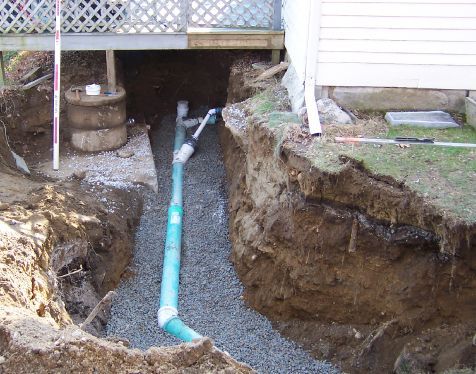
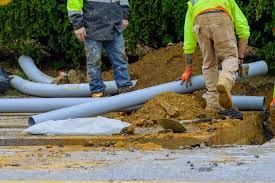
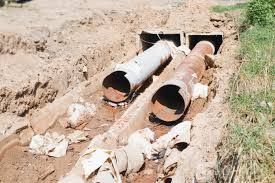
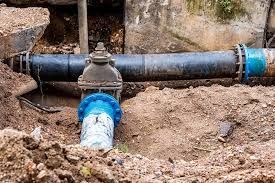

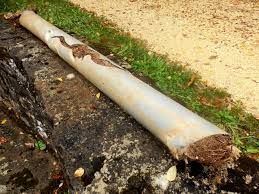
CONTACT INFORMATION
Office:
855-266-7682
Email:
service@AllCityPlumbers.com
Address: 6694 Oak Ridge Commerce Way, Austell, GA 30168
Business Hours:
Mon - Sun 24 Hours
OUR SERVICES
© 2022 All Rights Reserved|All City Plumbers Privacy Policy | Terms & Conditions | Sitemap

